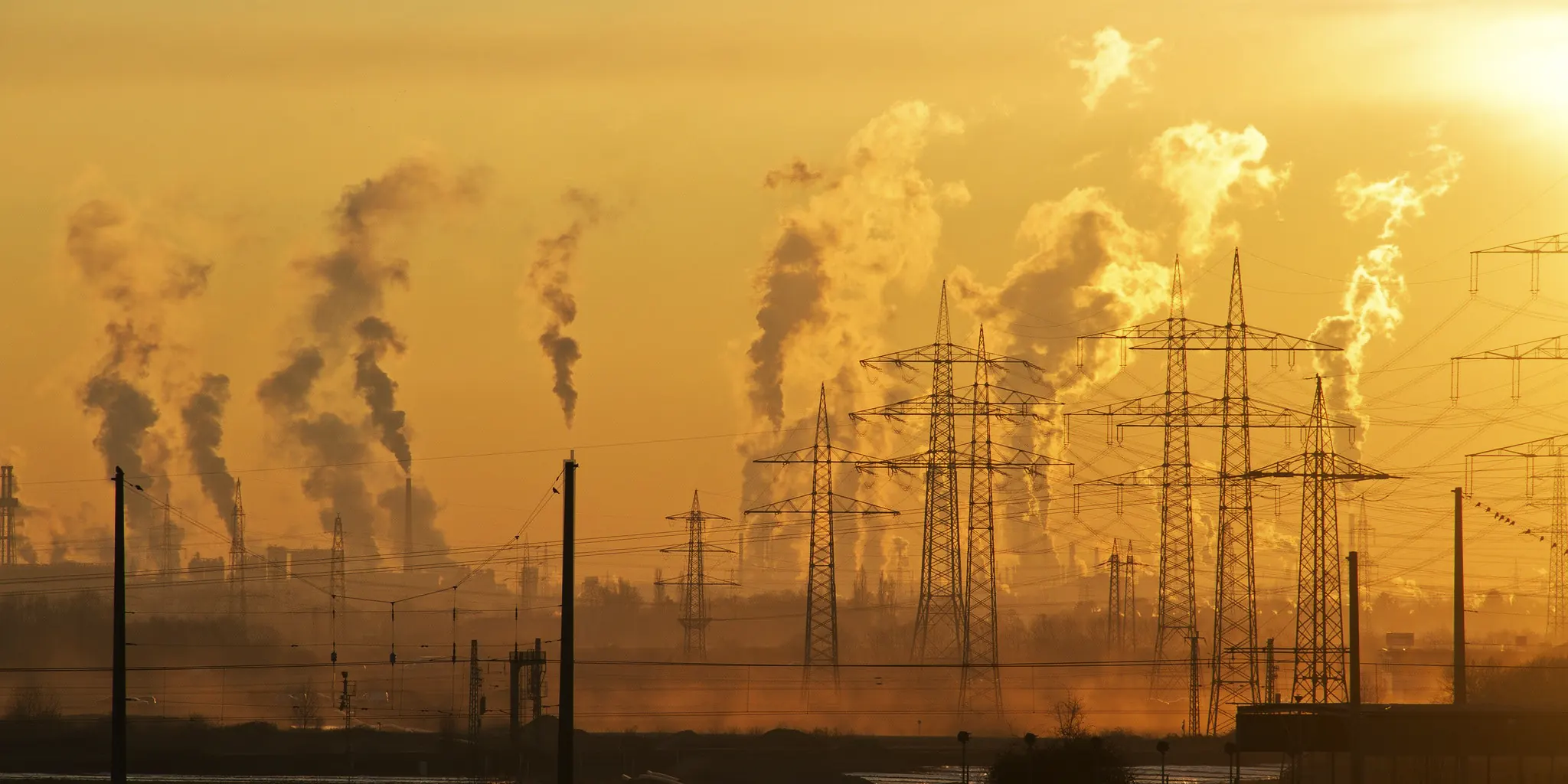The eruption of the COVID-19 pandemic created a whirlwind that threw the global economy in…

Our Carbon Neutral Future: The Trends and Impact on Businesses
Carbon emissions have been steadily increasing in the past few decades, and there are serious concerns that it will continue to do so in the coming years. The undeniable effects of climate change are being felt throughout the world in the form of droughts, heat waves, floods, and storm surges. This is why climate change represents an inescapable peril that demands prompt action.
Climate Change Mitigation
The effectiveness of global climate mitigation efforts will determine the degree of future climate change and its consequences. Fortunately, carbon neutrality trends have been gaining traction all over the world in recent years.
The 2016 Paris Agreement is the first binding global move to climate change mitigation efforts with 195 countries agreeing to limit global warming average temperature below 2°C, and pursuing further efforts to limit it to 1.5°C in the long run. The treaty binds all participating communities, including the private sector and businesses, to intensify their efforts to reduce emissions, in keeping with the agreement’s goal to reduce greenhouse gases by 40% at the least by the year 2030.
The European Climate Law further ratified that carbon neutrality is the path to combating global warming, aiming for Europe to be climate neutral by 2050.
What is Carbon Neutrality?
Carbon neutrality implies achieving a balance between carbon emission and removing it from the environment through the use of carbon sinks. Any method or structure that absorbs more carbon than it releases is considered a carbon sink. Soil, forests, and seas are primary examples of natural carbon sinks. No artificial carbon sinks have been developed yet that are capable of removing enough carbon from the atmosphere to combat global warming.
Carbon sequestration is the process of removing carbon dioxide from the atmosphere. All greenhouse gas emissions worldwide have to be offset through carbon sequestration in order to achieve net-zero emissions.
What does Carbon Neutrality Mean for Businesses?
Carbon neutrality means a business has taken conscious steps to reduce their carbon footprint. Carbon footprint has been a popular term in recent years as it refers to greenhouse gas emissions caused by an individual or organization’s activities.
The steady increase of carbon emissions has led many businesses to adopt measures to reduce their own impacts. As such, carbon neutrality trends show that more and more companies have adopted carbon neutrality measures by trying to run their business in an environmentally friendly manner, including corporation giants such as Michelin, Microsoft, Unilever, and Apple. Many businesses are adopting carbon neutrality as an added value for their customers, and in turn it drives more business. Adopting the carbon neutrality concept also helps improve public image by showing consumers that they care about environmental impact, which can help strengthen customer loyalty in the future.
Consequently, carbon neutrality trends have been positively changing many business practices, with great benefits for the environment as well as their bottom line.
What is Carbon Footprint?
Carbon footprint is the measure of greenhouse gas emissions caused by an individual, event or organization. The carbon emission of organizations includes all direct and indirect sources, such as supply chains, manufacturing materials, product fabrication components, business travel, employee commuting habits, and so on.
There are six main sources that make up a carbon footprint:
- Carbon dioxide emissions from fossil fuels are burned for energy.
- Carbon dioxide emissions from business travel and transportation of goods, by both air and road transport.
- Carbon dioxide emissions from waste disposal, including deforestation products being sent to landfills or incinerators.
- Methane gas released into the atmosphere during landfill decomposition (and other agricultural activities).
- Carbon dioxide emissions from purchased goods and services.
- Emissions of other greenhouse gases, such as those released by large livestock farms and the production of cement and steel.

Carbon Neutrality: How do Businesses Achieve this?
There are three main ways that businesses can go about achieving carbon neutrality:
- Carbon offsetting. Carbon offsetting is a carbon-neutral practice done by business entities wherein they try to compensate for their carbon emissions by financing another organization or project that reduces greenhouse gasses, somewhere else. It can be also done through purchasing carbon credits to compensate for greenhouse gas emissions caused by an organization or event.
- Carbon-neutral products and services: Many businesses now offer green products and services to offset the carbon footprint of their customers. Carbon-neutral products and services contribute towards reducing an organization’s or individual’s total greenhouse gas emissions, even if it is just a small part of the business’ overall activities.
- Carbon sequestration: Carbon sequestration is when businesses invest in land management practices that help remove more atmospheric CO₂ than they emit, keeping levels of carbon dioxide stable or reducing them. Carbon sequestration usually refers to permanent storage of carbon in soil and vegetation through practices like reforestation.
Carbon Neutrality: The Benefits
Carbon neutrality is a great way for businesses of all sizes to reduce their footprint while saving money, gaining recognition from stakeholders and more! There are numerous benefits of carbon neutrality for businesses, including:
- Reduced energy costs: Carbon-neutral organizations pay less than conventional operations for their energy needs. Carbon-neutral operations are able to reduce their carbon footprint, which reduces the amount of money needed to pay others that offset emissions or generate electricity from renewable sources.
- Carbon neutrality attracts customers looking for environmentally friendly businesses with sustainable practices.
- Carbon neutrality can make it easier for businesses to gain government and foundation grants, earn green certification, or receive carbon credits.
- Carbon-neutral companies are often seen as more environmentally friendly than their non-carbon neutral counterparts.
- Providing an active voice in the fight against climate change.
- Leading by example as a progressive and sustainable company.
- Mitigating risk from climate policy changes.
Carbon neutrality is quickly becoming a common practice among organizations, and it’s expected that carbon footprints will continue to decrease in the coming years. Carbon neutrality is a great way for businesses of all sizes to reduce their footprint while saving money, gaining recognition from stakeholders and more!
Otego: Committed to Sustainable Development
OTEGO is a socially responsible company whose commitment goes beyond improving the protection of people and machines, but also with sustainable development through CSR-backed best practices.
OTEGO aims to develop a technical textile expertise that protects the environment by working diligently to decrease its carbon emissions through innovating and designing environmentally friendly products, supporting customers with reducing energy consumption and limiting waste, and continuously improving processes to limit its environmental impact.
A certified EcoVadis Gold company, Otego actively reduces its social and environmental impact to remain at the forefront of the technological textiles industry’s ecological transition.
Contact us and learn more about our commitments.


